10 Companies With New or Improved Stock Buybacks in 2019
Stock buybacks crashed through the ceiling in 2018.


Stock buybacks crashed through the ceiling in 2018. Companies in the Standard & Poor’s 500-stock index alone announced plans to repurchase almost $1 trillion in shares – a tactic that not only makes the remaining stock worth a little more, but improves per-share financial metrics in their quarterly reports.
Generous corporate tax cuts took hold in 2018, making it easy for many of the nation’s businesses – which already were flush with cash – to pull the trigger. The same business-friendly tax environment could make 2019 another strong year for stock buybacks.
Eclipsing last year’s tally would require continued economic growth, of course, although not even a nagging tariff war appears to be a problem for capitalism just yet. Inflation is being held in check, too, and the Federal Reserve is leaning dovish, so few landmines lie ahead. The only plausible threat to buyback mania to date is legislation aimed at crimping excessive stock repurchases. Even then, the idea has minimal support and could take until at least 2020 to put in place if approved.
In other words, the environment is right for 2019 to be another strong year for share repurchases. In fact, several organizations have already made their announcements. Here are 10 companies that have initiated or increased stock buybacks just since the beginning of the year.
Data is as of March 19. Companies announce buybacks in either dollar amounts or share amounts.
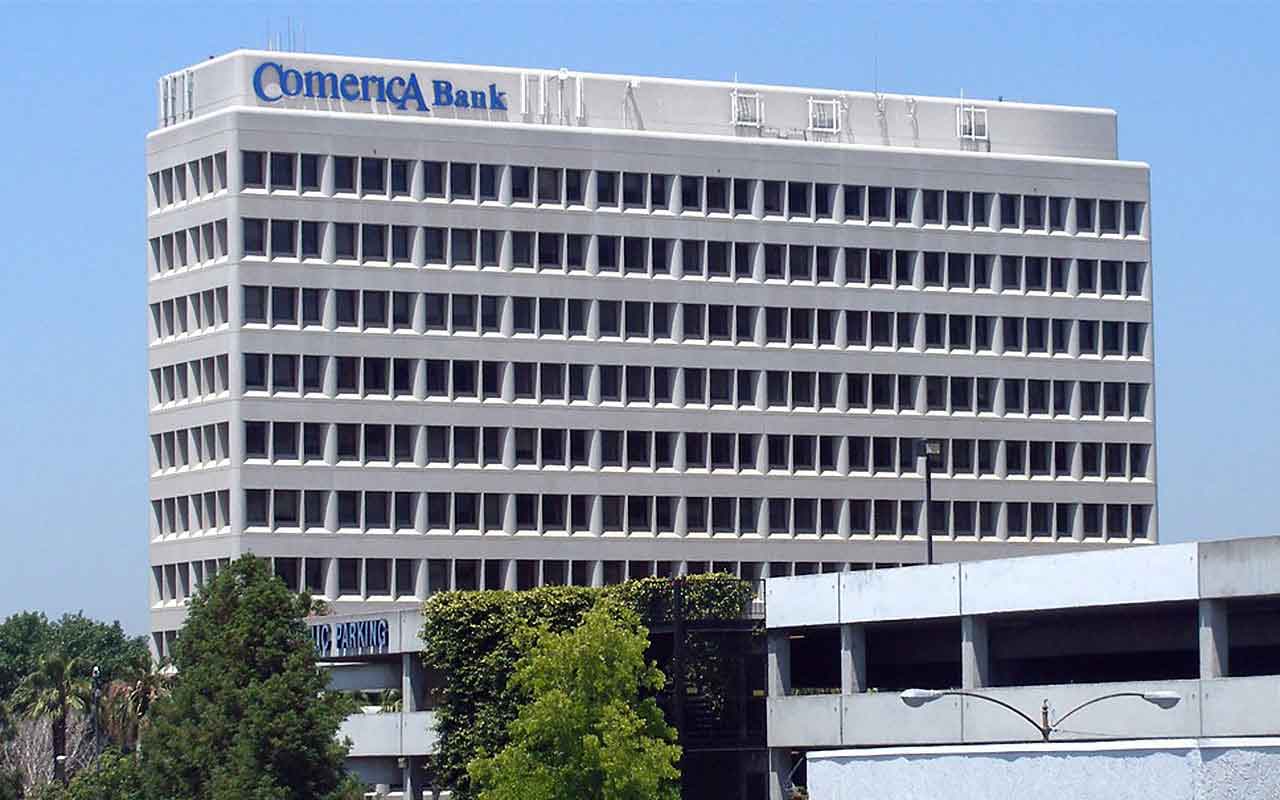
Comerica
- Market value: $12.7 billion
- Announced buyback amount: 15 million shares
Banking and wealth management company Comerica (CMA, $80.80) ended 2018 with 4.7 million shares left to repurchase as part of a previously announced buyback program. But, with that endzone in sight, its board of directors added another 15 million shares to its authorization earlier this year.
Funding the repurchases hasn’t been a problem. At the stock’s current value, 15 million shares would cost Comerica about $1.2 billion. The company earned roughly that amount over the past four reported quarters, and the most recent authorization doesn’t include any restrictions or timeframe.
For perspective, there are currently 160 million shares of CMA outstanding. The total buyback authorization of 19.7 million shares would take more than a tenth of them out of circulation.
A shrinking share count would improve per-share profitability, obviously. But the company also is making a point of improving its dividend in step with its repurchase program. When it updated its stock buyback plans in January, Comerica also raised its quarterly dividend by 12% to 67 cents per share. CMA currently yields 3.2%.

Lear
- Market value: $8.5 billion
- Announced buyback amount: $1.5 billion
- Lear (LEA, $138.74) isn’t a household name, though there’s a good chance most investors are utilizing at least one of its wares. The company manufactures seats and other components for automobiles; key customers include Ford (F) and General Motors (GM).
It was a bulletproof business just a few years ago, as continued economic growth prompted pent-up purchases of new cars. Since “peak auto” came and went in 2015, however, headwinds have been blowing. Lear managed to coast a few more quarters, but in the second half of 2018, modest declines in revenue turned into major setbacks for earnings. In the fourth quarter, for instance, an 8% dip in sales translated into a near-halving of profits.
In that context, the 40% slide that LEA shares suffered during the latter half of last year makes superficial sense. But the market might have overshot. Lear still is cranking out cash, prompting a 10% recovery year-to-date.
But the company isn’t simply waiting out the slow patch for automobile sales. Just a few days following the release of its Q4 numbers, Lear announced it was committing another $1.5 billion to an existing buyback program while its shares were undervalued. The repurchase program also was extended through the end of 2020. (The company tacked on a hefty 40% dividend increase, too, to 70 cents per share quarterly.)
Lear’s current market cap is less than $10 billion. The expanded stock repurchase plans have the potential to boost per-share profits in a big way, even if total income remains flat.

Skyworks Solutions
- Market value: $14.5 billion
- Announced buyback amount: $2 billion
Investors who believe in the power of stock buybacks certainly have good reason to expect big things from Skyworks Solutions (SWKS, $83.42). The tech outfit recently announced the launch of a new $2 billion repurchase program, replacing a recently expired $1 billion buyback plan.
That’s only part of the long case for SWKS, however.
Not all investors have heard of Skyworks Solutions, and fewer still know what it does. But without Skyworks, the wireless telecom market would look considerably different. The company is quietly helping usher in the era of 5G connectivity, making critical smartphone components for Apple (AAPL), Samsung and others. It’s also becoming instrumental to the expanding Internet of Things industry.
At first blush, the game-changing tech evolution might not seem game-changing for SWKS. The company still managed to miss last quarter’s lowered earnings and revenue estimates, and CEO Liam Griffin conceded he saw “macro weakness across our global mobile business” when announcing the new stock repurchase plans.
But Griffin also explained that “Skyworks delivered solid financial results driven by content gains, an expanding footprint in broad markets and our strong business model.” The company still is making more than enough money to fund a respectable buyback.
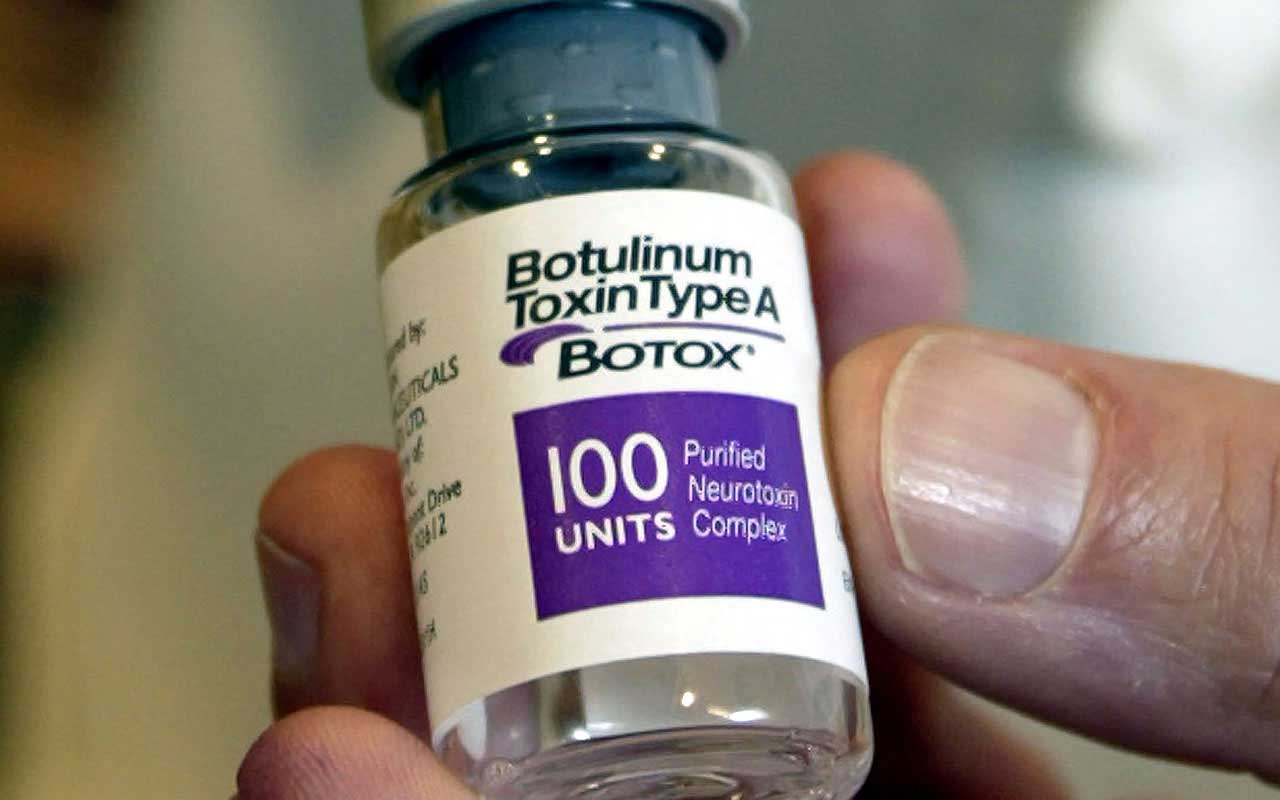
Allergan
- Market value: $51.1 billion
- Announced buyback amount: $2 billion
- Allergan (AGN, $154.10) isn’t short on drama right now. It’s in the midst of a war of words with hedge fund manager David Tepper, who’s pressing the company to either sell itself or split the chairman and CEO roles. Tepper might be tacitly pushing for both – the latter first, then the former – as part of an indirect effort to induce better performance.
The battle between the company’s top brass and Tepper, who runs the Appaloosa Management hedge fund, might have been at least part of the motivation for the $2 billion buyback program announced in January.
The biopharma company responsible for Botox and Restasis prescription eye drops has been a so-so performer of late, offering 2019 revenue guidance of between $15 billion and $15.3 billion that fell short of analysts’ consensus estimates of $15.4 billion. Last quarter’s operating earnings also declined on a year-over-year basis for the first time in two years, thanks to weaker revenue. A buyback sets the stage for much needed per-share metrics.
It’s just as conceivable, however, that Allergan was going to spend big bucks on stock repurchases anyway. In July 2018, the company announced a $2 billion buyback plan to replace a completed $2 billion plan it had started in September 2017. By the end of the fourth quarter, the company had already bought back $1.2 billion in stock. Including the new program, Allergan is committed to buying back $2.8 billion worth of shares.

Sirius XM Holdings
- Market value: $28.5 billion
- Announced buyback amount: $2 billion
Peerless satellite radio giant Sirius XM Holdings (SIRI, $6.11) is almost always in repurchasing mode, so the additional $2 billion it earmarked for stock buybacks in January wasn’t terribly surprising.
Sirius has committed $14 billion worth of funding toward buybacks since 2013, but it has since used most of authorization; only $3.3 billion remains. But odds are good Sirius will continue to authorize more repurchases going forward. Net income nearly doubled in 2018, to $1.2 billion, and EBITDA improved to $2.2 billion, extending a slow but steady string of earnings growth.
Still, some investors struggle to remain optimistic about an audio-delivery technology that’s seemingly, increasingly obsolete. Mobile internet connectivity is the new norm, and the advent of 5G connections – including inside many automobiles – negates the need for satellite.
But the company’s ever-growing list of subscribers aren’t paying as much for convenience as they are for content and quality. Host Howard Stern is still a huge draw, as are Rush Limbaugh, Ryan Seacrest and Sean Hannity. Even to the extent it might matter, however, Sirius XM offers internet-based versions of many of their programs, and the recent acquisition of Pandora provides the company with a brand-new revenue-bearing vehicle.
Bonus: Sirius XM is the Nasdaq’s most shorted stock, with roughly a quarter of its float held by traders making risky bets that the stock will fall. That makes Sirius a prime “short squeeze” candidate. The constant buybacks only bolster the possibility of a squeeze.

Charles Schwab
- Market value: $60.9 billion
- Announced buyback amount: $4 billion
Online stock brokerage firm Charles Schwab (SCHW, $45.74) stoked some bullishness in October 2018, replacing the remaining $596 million worth of previously announced buybacks with a $1 billion authorization. But the company really upped the ante in January by committing another $4 billion toward buybacks (and driving the dividend 31% higher). October’s authorization has already been completed.
Affordability isn’t an issue. Schwab’s operating income for the past 12 months is more than $5 billion, and the metric has grown every quarter since Q2 2015.
Not everyone believes the buybacks make a strong enough bullish argument. UBS analyst Brennan Hawken recently downgraded SCHW to “Sell,” saying, “We see revenue headwinds at the same time as risk to upward pressure on expenses,” adding, “As a result, we think expectations may be too high and could put the stock at risk, particularly given we do not see buybacks as enough to cushion the blow to the growth story.”
Hawken specifically noted rising rates and more regulation as potential liabilities.
If that’s what’s in the cards, though, it would be a decided shift from the trend that’s been in place since 2015. After growing the top line by a little more than 18% last year – and topping revenue estimates in three of the past four quarters – next year’s projected sales growth of more than 10% might underestimate what’s actually in store.

CSX Corp.
- Market value: $59.4 billion
- Announced buyback amount: $5 billion
Demand for railroad-based transportation in North America has been a bit hit-and-miss this year. But, under the leadership of relatively new (and efficiency-focused, quality-minded) CEO James Foote, CSX Corp. (CSX, $72.95) has equipped itself to earn more than its fair share of railroading business of late. Last quarter’s top line improved 8% year-over-year, boosting earnings from 64 cents per share to $1.01 per share.
The fiscal progress prompted the inception of a new $5 billion stock buyback, shortly after a previous $5 billion repurchase program was wrapped up. For perspective, CSX is a nearly $60 billion company.
Analysts were mostly mixed, with some noting the relatively modest 2019 operating ratio (OR) outlook. Deutsche Bank’s Amit Mehrotra found the OR forecast of 60% for the current year “a bit disappointing” and believed it reflected “uncertainty around macro, export coal volumes and land sales which drove 2018’s very strong performance.”
Still, no analyst suggested another round of buybacks would be ill-advised or unaffordable for the railroad giant. And some are optimistic that the carrier may be in a good position to exceed its outlook. Raymond James’ Patrick Tyler Brown explained CSX was looking at “opportunity after opportunity after opportunity” to improve earnings and cash flow growth.
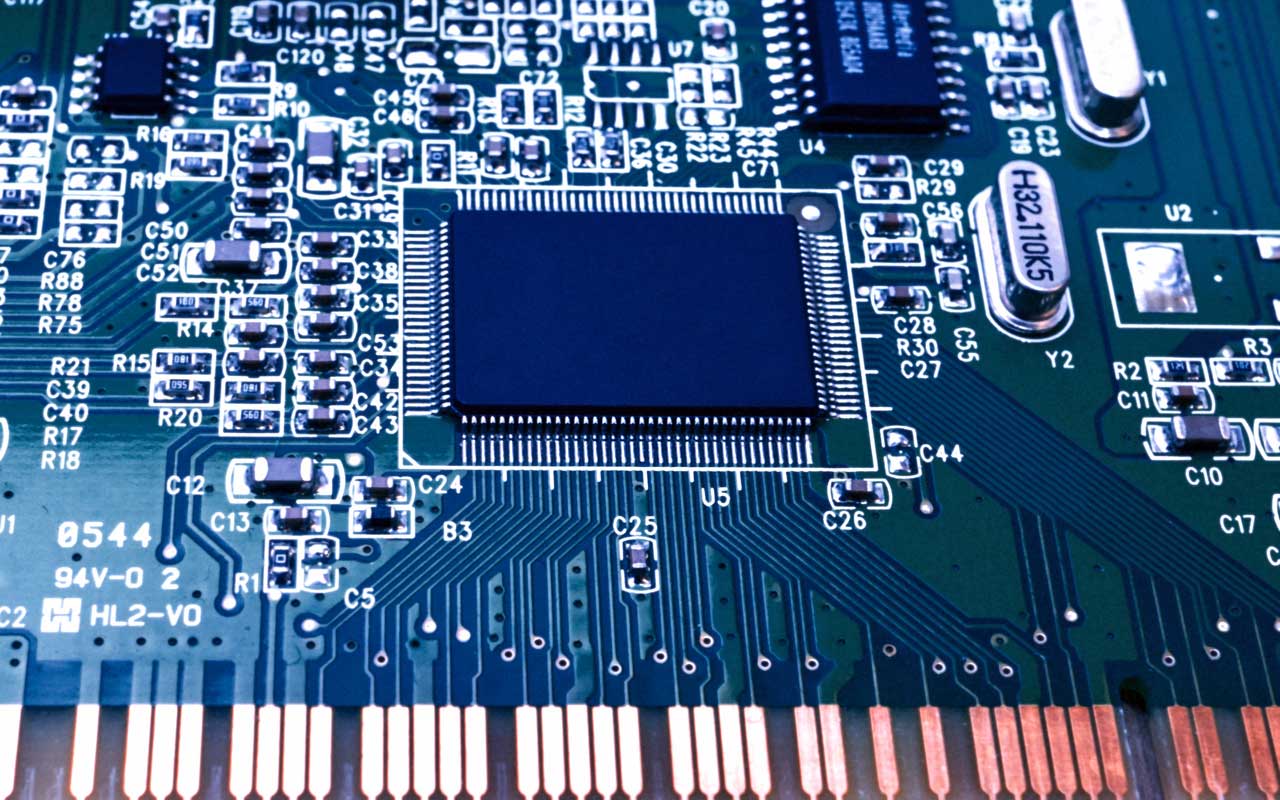
Lam Research
- Market value: $27.2 billion
- Announced buyback amount: $5 billion
- Lam Research (LRCX, $179.35) largely faces the same fate as most of the major semiconductor names, but it’s not a semiconductor manufacturer in and of itself. Rather, the company supplies chip companies with equipment used to make semiconductors. While its business ebbs and flows with technology refresh cycles, it’s a segment of the computer chip business that isn’t quite as volatile as the industry’s most familiar component manufacturers.
It’s doing well enough to green light a new $5 billion buyback in January of this year, anyway – roughly twice the company’s net profits from the past four quarters, and ahead of what analysts think will be a 6% improvement in per-share profits this year.
Lam Research is no stranger to major buyback programs. It authorized $2 billion worth of share repurchases in late 2017, only to add another $2 billion to the plan in mid-2018. January’s $5 billion authorization is in addition to the portion of those previously announced buybacks yet to be completed.
Lam’s stock repurchases have already made a meaningful dent in its float. As of the quarter ended in December, the 162.2 million shares (diluted) in circulation was a far cry from the 183.9 million shares in the float just a year earlier. The newest authorization should carve out even more shares.

Cisco Systems
- Market value: $233.6 billion
- Announced buyback amount: $15 billion
When most investors think of companies sitting on more idle cash than they know what to do with, Apple tends to come to mind. And well it should. The $245 billion worth of liquidity held across the globe is more than enough to acquire most S&P 500 constituents. Somehow, even upping its dividend and buybacks doesn’t feel like enough.
Apple isn’t the only company sitting on a mountain of cash, though. Indeed, on a relative basis, some smaller outfits currently have even more cash at their disposal that would not only facilitate any imaginable acquisition, but could easily fund a major stock repurchase program.
Networking technology giant Cisco Systems (CSCO, $53.31) is one of those companies.
Per its most recent quarterly report, the $233 billion company boasted $40 billion worth of cash and investments on its books, setting the stage for the authorization of $15 billion in additional stock buybacks (as well as a 6% increase in the dividend to 35 cents per share quarterly). Adding that figure to the unused portion of previously announced repurchase programs, Cisco has $24 billion earmarked for buybacks.
Admittedly, the buyback plans seem ambitious, particularly for a company like Cisco whose notorious edge isn’t quite what it used to be. But the company is slowly but surely getting back into a familiar groove, with the advent of 5G serving as a growth opportunity for the regrouped king of networking.

Union Pacific
- Market value: $113.9 billion
- Announced buyback amount: 150 million shares
Finally, it takes some number crunching to figure it out, but railroad name Union Pacific (UNP, $160.75) has laid out the biggest buyback plans of 2019 as of this writing. In February, UNP announced that its board had authorized the repurchase of 150 million shares. At their current price above $160 apiece, the buyback authorization is worth about $24.1 billion.
UNP has some time to get it done. The new program, which replaces a previously announced one, won’t expire until early 2022.
Nevertheless, it’s a game-changer. If exercised in full, it would take a little more than 20% of outstanding shares out of the float. That’s in addition to the 38% of shares repurchased from the early 2007 total.
Union Pacific can’t fund the buyback with current assets. Rather, it would fund the repurchase with future earnings; profits totaled almost $6 billion over the past 12 months. For much the same reason rival CSX is gearing up for its own share repurchases, though, Union Pacific is tweaking its way to greater market share, higher revenue and more earnings growth. Its Unified Plan 2020 is intended to revitalize the company by transitioning to precision scheduled railroading, or PSR – a new operational system that’s changing the industry.
CEO Lance Fritz explains it as “a relentless pursuit of efficiency and enhanced reliability on our service product to customers. And we’re never done.”
James Brumley was long CSCO as of this writing.
Profit and prosper with the best of Kiplinger's advice on investing, taxes, retirement, personal finance and much more. Delivered daily. Enter your email in the box and click Sign Me Up.

-
 Dow Adds 646 Points, Hits New Highs: Stock Market Today
Dow Adds 646 Points, Hits New Highs: Stock Market TodayIt was "boom" for the Dow but "bust" for the Nasdaq following a December Fed meeting that was less hawkish than expected.
-
 5 Types of Gifts the IRS Won’t Tax: Even If They’re Big
5 Types of Gifts the IRS Won’t Tax: Even If They’re BigGift Tax Several categories of gifts don’t count toward annual gift tax limits. Here's what you need to know.
-
 The 'Scrooge' Strategy: How to Turn Your Old Junk Into a Tax Deduction
The 'Scrooge' Strategy: How to Turn Your Old Junk Into a Tax DeductionTax Deductions We break down the IRS rules for non-cash charitable contributions. Plus, here's a handy checklist before you donate to charity this year.
-
 December Fed Meeting: Updates and Commentary
December Fed Meeting: Updates and CommentaryThe December Fed meeting is one of the last key economic events of 2025, with Wall Street closely watching what Chair Powell & Co. will do about interest rates.
-
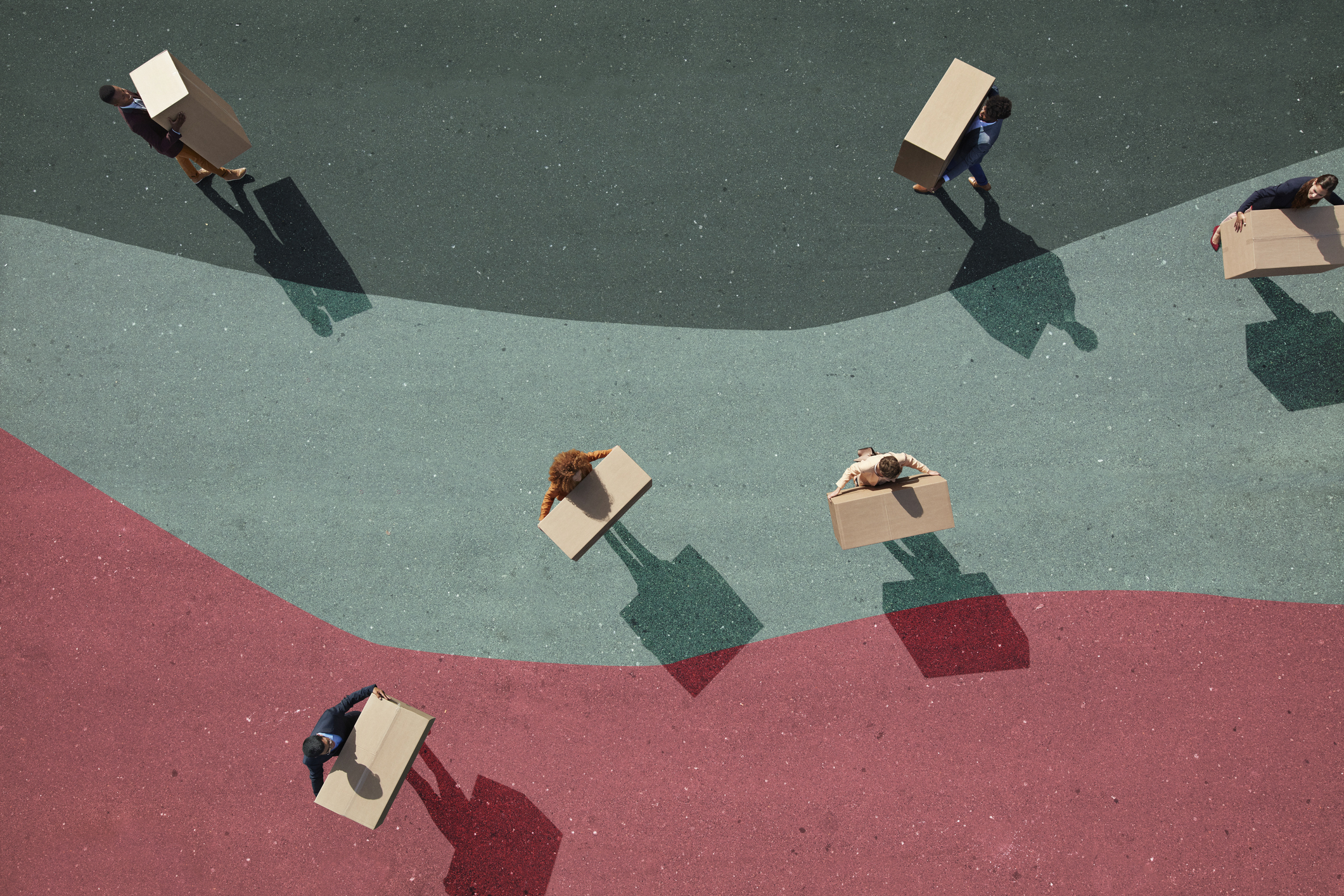 The Delayed September Jobs Report Is Out. Here's What It Means for the Fed
The Delayed September Jobs Report Is Out. Here's What It Means for the FedThe September jobs report came in much higher than expected, lowering expectations for a December rate cut.
-
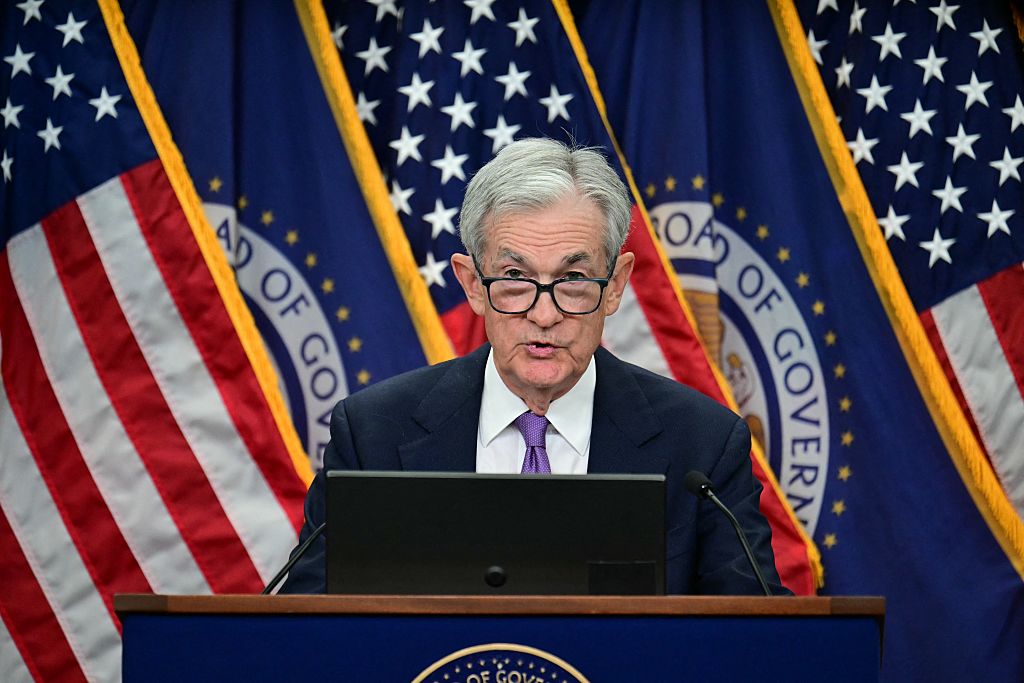 October Fed Meeting: Updates and Commentary
October Fed Meeting: Updates and CommentaryThe October Fed meeting is a key economic event, with Wall Street turned into what Fed Chair Powell & Co. did about interest rates.
-
 The Delayed September CPI Report is Out. Here's What it Signals for the Fed.
The Delayed September CPI Report is Out. Here's What it Signals for the Fed.The September CPI report showed that inflation remains tame – and all but confirms another rate cut from the Fed.
-
 Banks Are Sounding the Alarm About Stablecoins
Banks Are Sounding the Alarm About StablecoinsThe Kiplinger Letter The banking industry says stablecoins could have a negative impact on lending.
-
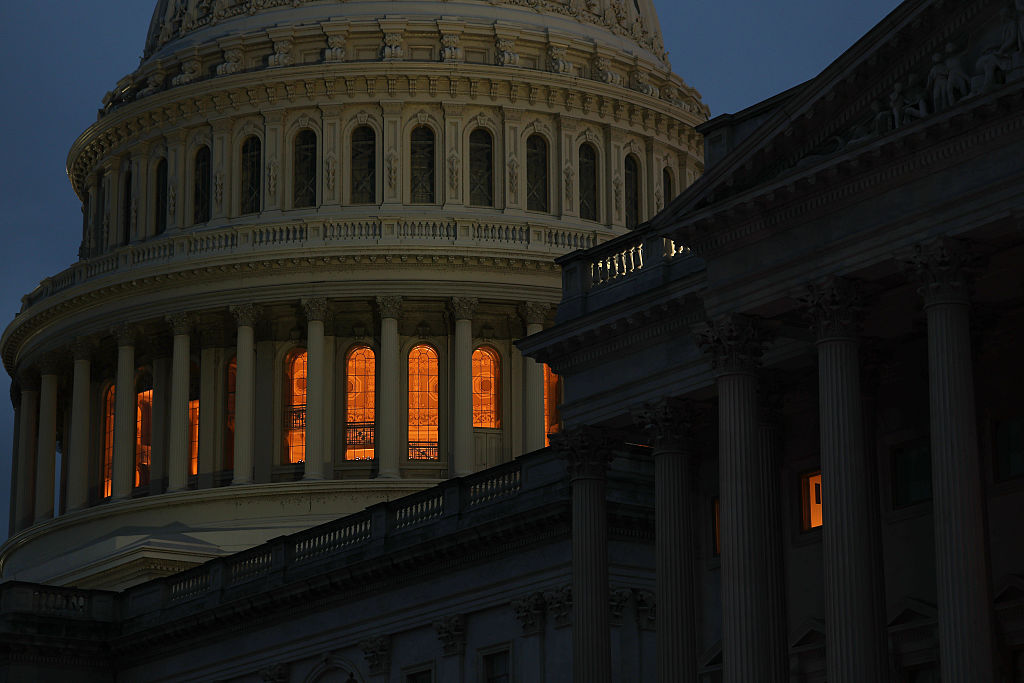 Government Shutdown to Delay Data, Including Key Jobs Report
Government Shutdown to Delay Data, Including Key Jobs ReportWhile government shutdowns typically don't impact stock returns, they can delay the release of key economic data – including the monthly jobs report.
-
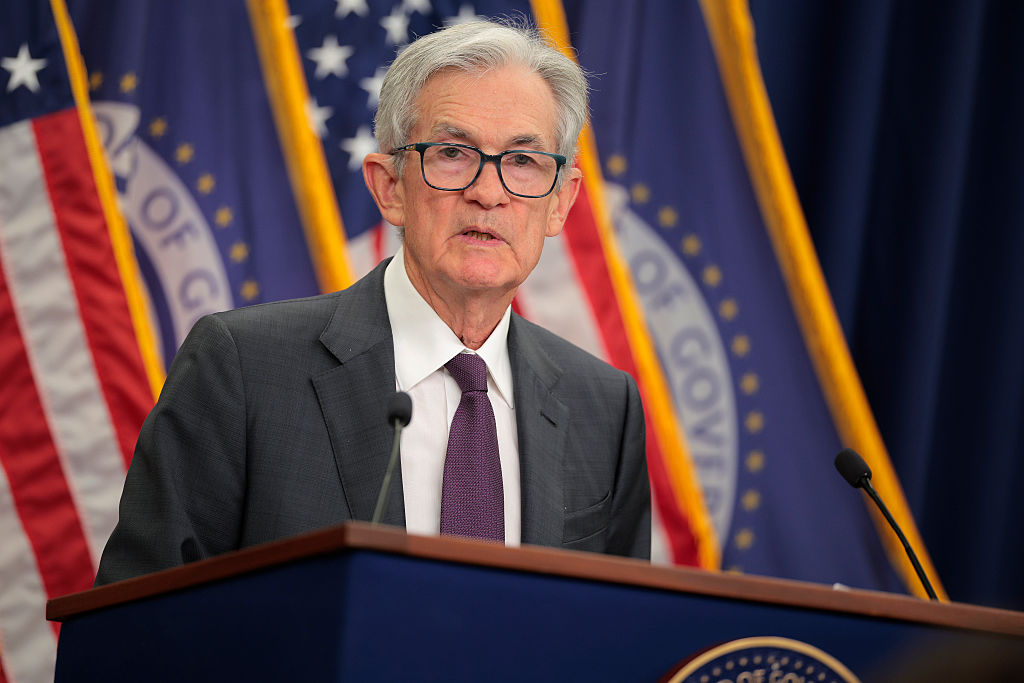 September Fed Meeting: Updates and Commentary
September Fed Meeting: Updates and CommentaryThe September Fed meeting is a key economic event, with Wall Street keyed into what Fed Chair Powell & Co. will do about interest rates.
-
 Hot August CPI Report Doesn't Shift the Rate-Cut Needle: What the Experts Say
Hot August CPI Report Doesn't Shift the Rate-Cut Needle: What the Experts SayThe August CPI came in higher than forecast on a monthly basis, but Wall Street still expects a rate cut at next week's Fed meeting.
